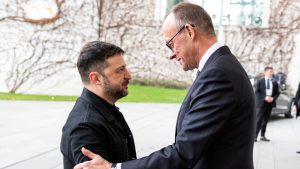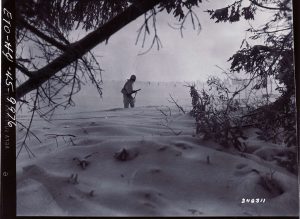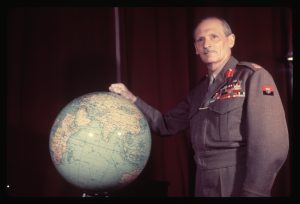Trump’s Fort Bragg backdrop tied to ‘no fat soldiers’ memo: Report

An internal memo suggested the seating behind President Donald Trump during his visit to Fort Bragg this week wasn’t based on military rank or position. Instead, the service members selected to appear behind him were reportedly chosen for their physical appearance and political alignment as he marked the Army’s 250th birthday on Tuesday.
What was included in the obtained memos?
Military.com first reported the story and reviewed a message from the 82nd Airborne Division, which helped coordinate President Trump’s visit alongside Defense Secretary Pete Hegseth. The notes reviewed handpicked the soldiers sitting behind Trump.
“If soldiers have political views that are in opposition to the current administration and they don’t want to be in the audience then they need to speak with their leadership and get swapped out,” the note read.
The outlet also reported that messages to troops included guidance on physical appearance, stating that “no fat soldiers” should be selected for the audience.
Military.com said service officials didn’t comment on the screening of troops or if any would be disciplined for cheering and applauding during Trump’s speech.
Was it wrong for service members to cheer and boo?
It is considered against military policy for troops to show partisan support during a presidential speech. The U.S. military is meant to remain politically neutral and serve under civilian leadership, regardless of party or personal beliefs.
Regulations such as the Department of Defense Directive 1344.10 prohibit active-duty service members from engaging in partisan political activities to protect the military’s integrity and public trust. Public displays of political alignment risk undermining the perception of neutrality and can erode confidence in the military as a nonpartisan institution.
The Hatch Act, while primarily applying to civilian federal employees, reflects a broader principle that government institutions must avoid the appearance of political bias. Although a president may be warmly received with applause and cheering as the commander-in-chief, using uniformed troops as backdrops for political messaging may go against federal law and policy.
Sean Parnell, a spokesman for the Pentagon, spoke on the behavior of the service members. In a statement, he said, “Believe me, no one needs to be encouraged to boo the media,” Sean Parnell, a top Pentagon spokesperson, said in a statement to Military.com. “Look no further than this query, which is nothing more than a disgraceful attempt to ruin the lives of young soldiers.”
Recap of Trump’s speech at Fort Bragg
Trump opened his speech and explained why he wanted to celebrate the Army in a big way. He said U.S. soldiers had shaped the nation for centuries, standing on the front lines of American history. Trump also credited his leadership for the military’s success and pointed to the funding increases during his first term, aiding their fight for American freedom.
The president spoke about the Biden Administration and the media, garnering boos from the troops gathered behind Trump.
He then touched on the current protests in Los Angeles against the U.S. Immigration and Customs Enforcement (ICE) agency. Trump deployed both the National Guard and Marines to the city to aid local police and bring an aggressive approach.
“Well, if we didn’t do it, there wouldn’t be a Los Angeles. We’d be burning today just like their houses were burning a number of months ago,” he said.





